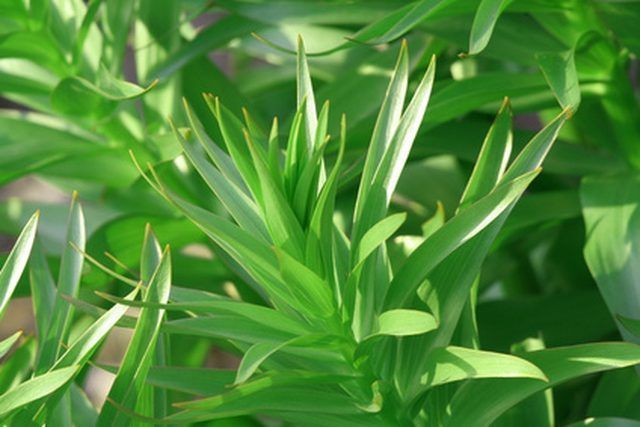Bulbs
Flower Basics
Flower Beds & Specialty Gardens
Flower Garden
Garden Furniture
Garden Gnomes
Garden Seeds
Garden Sheds
Garden Statues
Garden Tools & Supplies
Gardening Basics
Green & Organic
Groundcovers & Vines
Growing Annuals
Growing Basil
Growing Beans
Growing Berries
Growing Blueberries
Growing Cactus
Growing Corn
Growing Cotton
Growing Edibles
Growing Flowers
Growing Garlic
Growing Grapes
Growing Grass
Growing Herbs
Growing Jasmine
Growing Mint
Growing Mushrooms
Orchids
Growing Peanuts
Growing Perennials
Growing Plants
Growing Rosemary
Growing Roses
Growing Strawberries
Growing Sunflowers
Growing Thyme
Growing Tomatoes
Growing Tulips
Growing Vegetables
Herb Basics
Herb Garden
Indoor Growing
Landscaping Basics
Landscaping Patios
Landscaping Plants
Landscaping Shrubs
Landscaping Trees
Landscaping Walks & Pathways
Lawn Basics
Lawn Maintenance
Lawn Mowers
Lawn Ornaments
Lawn Planting
Lawn Tools
Outdoor Growing
Overall Landscape Planning
Pests, Weeds & Problems
Plant Basics
Rock Garden
Rose Garden
Shrubs
Soil
Specialty Gardens
Trees
Vegetable Garden
Yard Maintenance
How to Save Plants From Weed Killer
How to Save Plants From Weed Killer. Weed killers, also known as herbicides, are usually fast-acting and will kill an unwanted garden plant in as little as 12 to 24 hours. Unfortunately, sometimes the weed killer is accidentally sprayed on other plants. It is possible to save these plants from the damaging effects of the weed killer, but only if...

Weed killers, also known as herbicides, are usually fast-acting and will kill an unwanted garden plant in as little as 12 to 24 hours. Unfortunately, sometimes the weed killer is accidentally sprayed on other plants. It is possible to save these plants from the damaging effects of the weed killer, but only if quick action is taken.
Things You'll Need
Garden hose
Turn on a garden hose and spray the foliage and stem of the plants thoroughly with the water. The goal is to remove as much of the weed killer from the surface of the plants as possible. Make sure to spray the underside of the leaves to remove any weed killer that may have dripped there.
Point the garden hose toward the soil of the plant and thoroughly soak the ground surrounding the plant. If you see the water pooling at the surface and running off, it is a good sign because it's removing the weed killer from the soil. The goal is to soak the soil to dilute the weed killer enough so that it does not damage the plant.
Wait until the next day and examine the plant for signs of damage. If you notice damage on the upper leaves, use pruning shears to cut off all leaves and branches of the plant that show signs of weed killer damage.
Tips & Warnings
If the plant continues to decline after the initial flushing with water and pruning, the dosage of weed killer was too high, and there is nothing you can do to save it.
Do not plant new plants in the herbicide-affected area immediately, as they too will be affected by the weed killer in the soil.